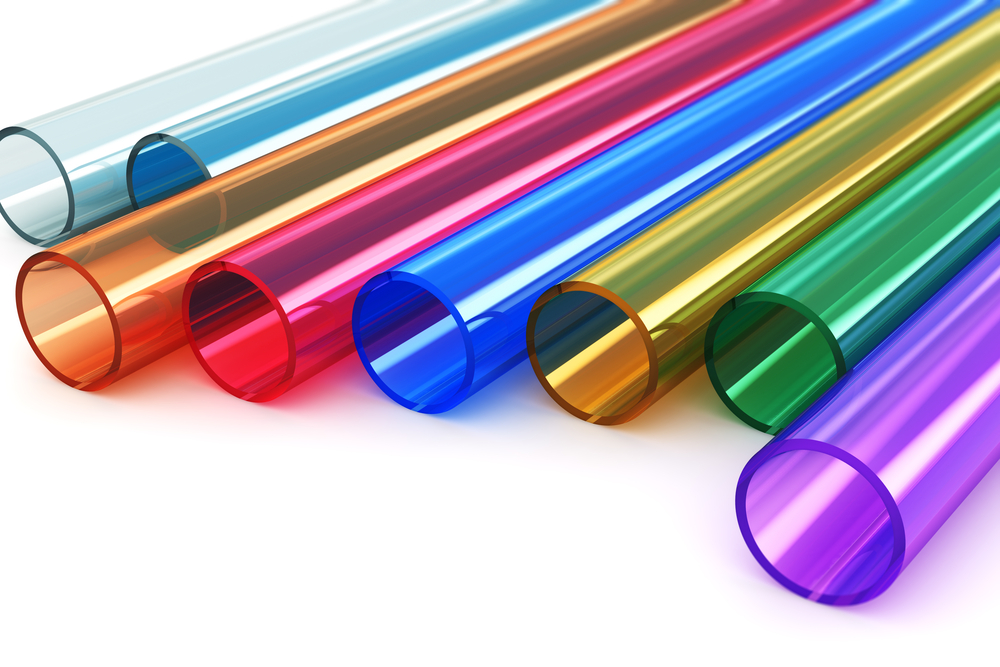Flexible Plastic Tubing
We manufacture custom flexible plastic tubing products in a wide variety of sizes, shapes, profiles, and colors. Our advanced extrusion and fabrication processes allow us to create flexible tubing to meet the demands of diverse industries.
Materials We Offer
Polyurethane (PU) — Known for its exceptional flexibility, abrasion resistance, and durability, polyurethane is ideal for applications requiring high-performance tubing, such as pneumatic systems and fuel lines. Its resistance to oils and chemicals makes it a versatile choice in industrial sectors.
Santoprene — A thermoplastic elastomer offering excellent flexibility, heat resistance, and weatherability, Santoprene is widely used for pump tubing. Its rubber-like feel and recyclability enhance its environmental and functional appeal.
Flexible Vinyl (FPVC) — Valued for its transparency, chemical resistance, and ease of sterilization, FPVC is popular in chemical transfer applications. Its cost-effectiveness and durability make it a go-to material for low-pressure systems.
Low-Density Polyethylene (LDPE) — Lightweight, flexible, and chemically resistant, LDPE is commonly used in laboratory and irrigation tubing. Its smooth interior surface supports efficient fluid flow with minimal contamination.
Linear Low-Density Polyethylene (LLDPE) — Offering greater tensile strength and flexibility compared to LDPE, LLDPE is suitable for potable water lines, industrial chemical handling, and air tubing. Its toughness and resistance to environmental stress cracking enhance its reliability.
Nylon 6 — Renowned for its excellent mechanical strength, wear resistance, and low permeability, Nylon 6 is often used in hydraulic, fuel, and air tubing. Its durability and resistance to high temperatures make it ideal for demanding industrial applications.
Flexible Plastic Tube Options
Colors
- Transparent
- Translucent
- Opaque
- Stock PMS color or custom match per your requirement
Shapes & Profiles
- Round
- Oval
- Square
- Rectangular
- Triangular
Sizes
- Up to 12” outside diameter
Other
- Cut to length in-line or wound on spools or coils
- Slitting
- Hole punching

Our Tubing Extrusion & Fabrication Processes
We have developed tubing extrusion and fabrication methods that allow us to offer unparalleled customization and precision. Our processes combine advanced technology with years of expertise, enabling us to extrude flexible tubes with consistent quality.
Customization You Can Count On
We tailor each order to meet your exact specifications. We customize tubing by size, thickness, flexibility, and material composition, ensuring that each project receives precisely what it needs to perform.
Precision Manufacturing
Using advanced extrusion technology, we produce tubing that’s consistent, durable, and ready to handle even the toughest environments. From high-pressure demands to specific industry standards, we create flexible tubing that performs as expected every time.
Quality Control
We maintain rigorous quality control measures throughout the extrusion process to ensure that every length of flexible plastic tubing meets the highest standards.
Why Choose Plastic Extrusion Technologies?
Our decades of experience, combined with our advanced extrusion technology, allow us to deliver products that meet the highest standards in the industry. We are committed to providing solutions that enhance your operations, offering flexibility, efficiency, and customer satisfaction.
We offer comprehensive support throughout the project lifecycle, from initial consultation to final delivery. Our team is dedicated to helping you find the best solution for your specific application, ensuring that our rigid plastic tubes meet all your performance and durability requirements.
